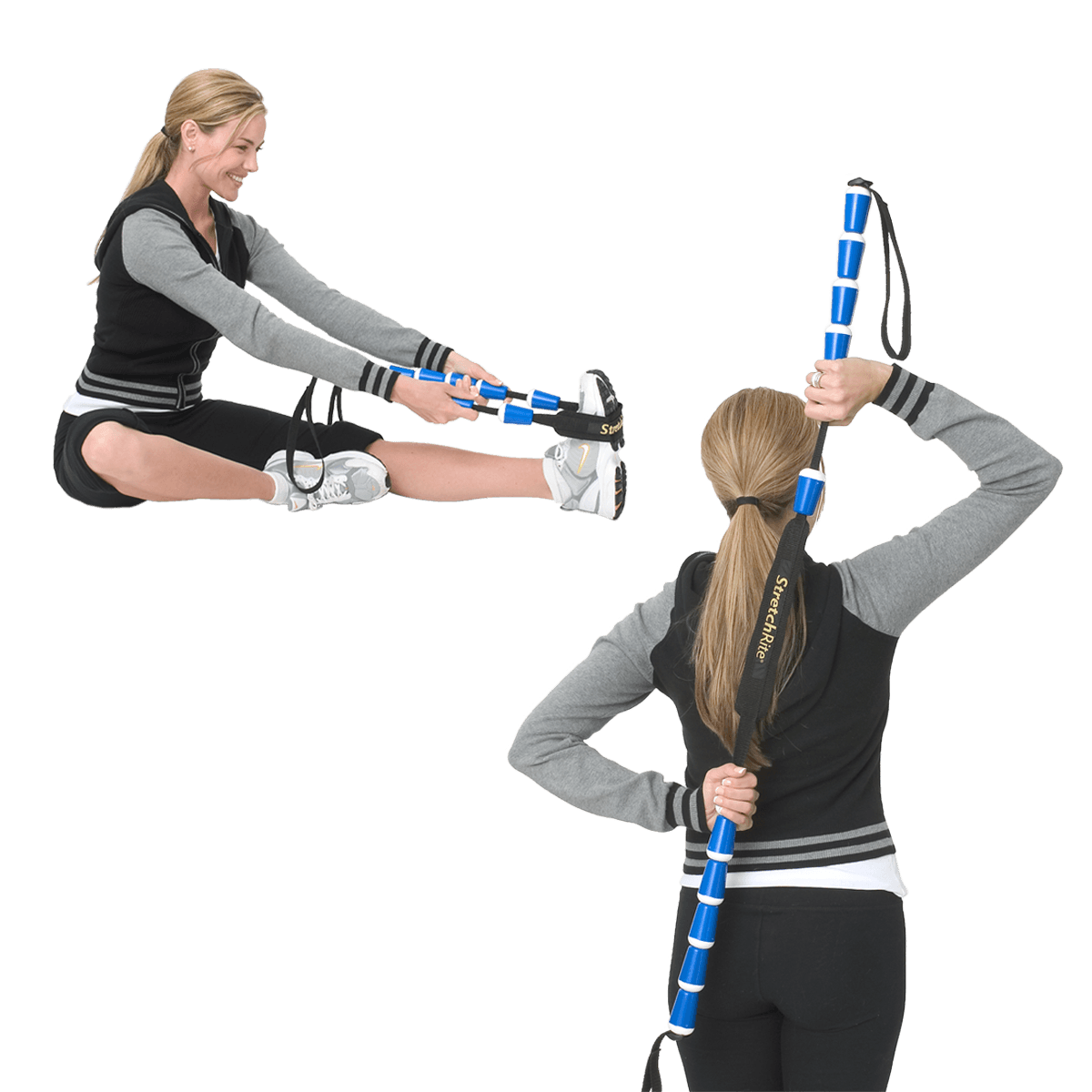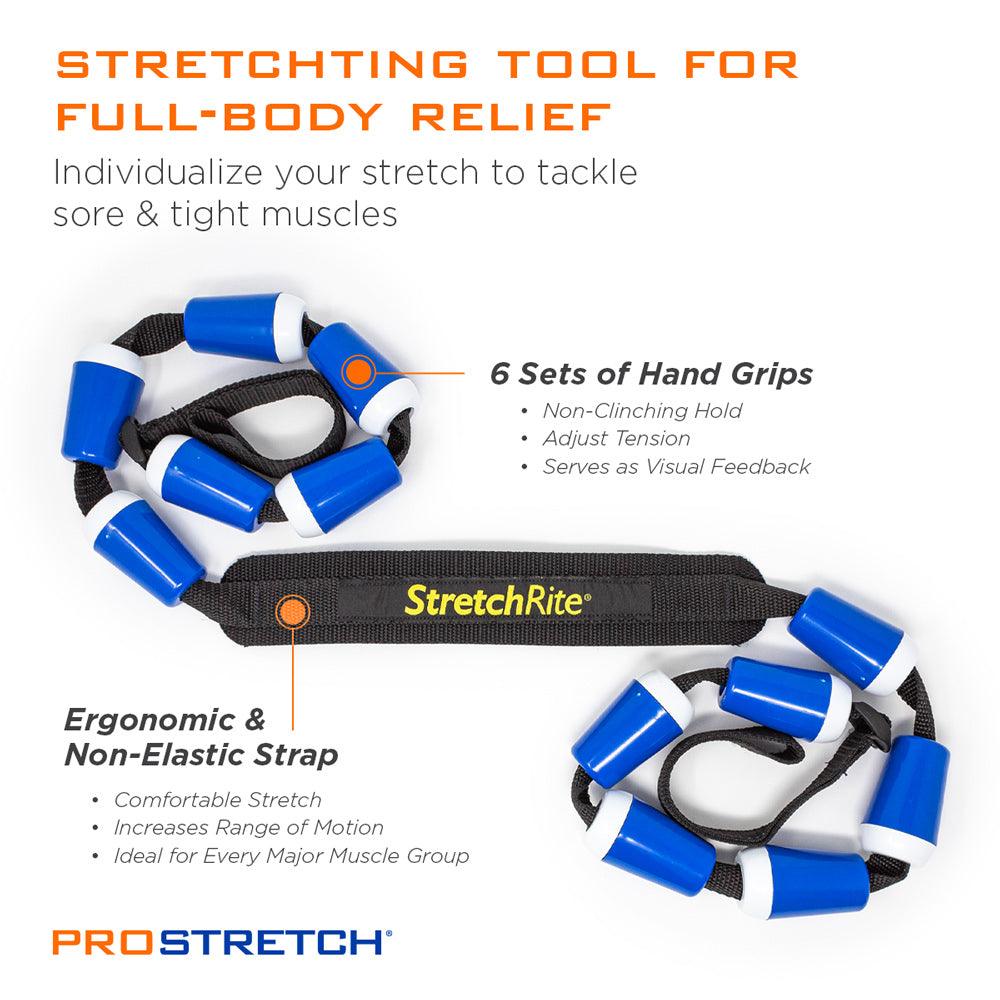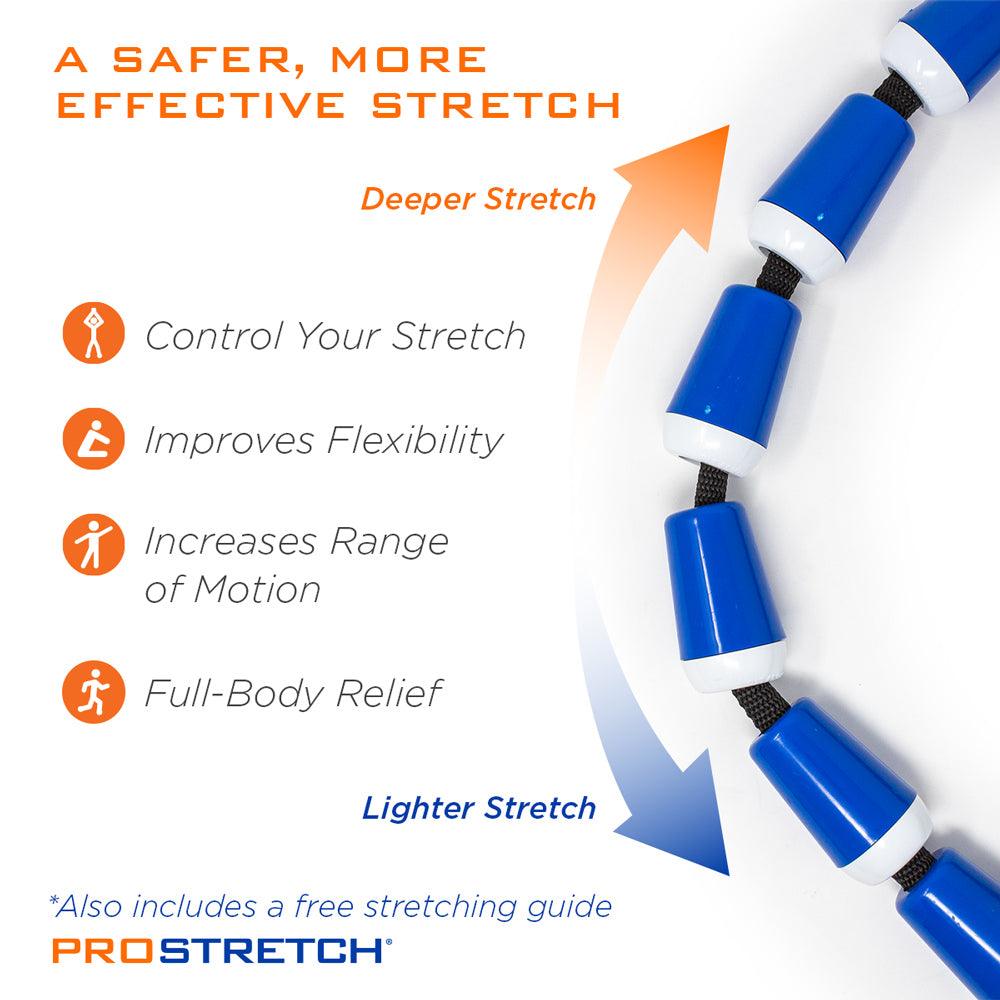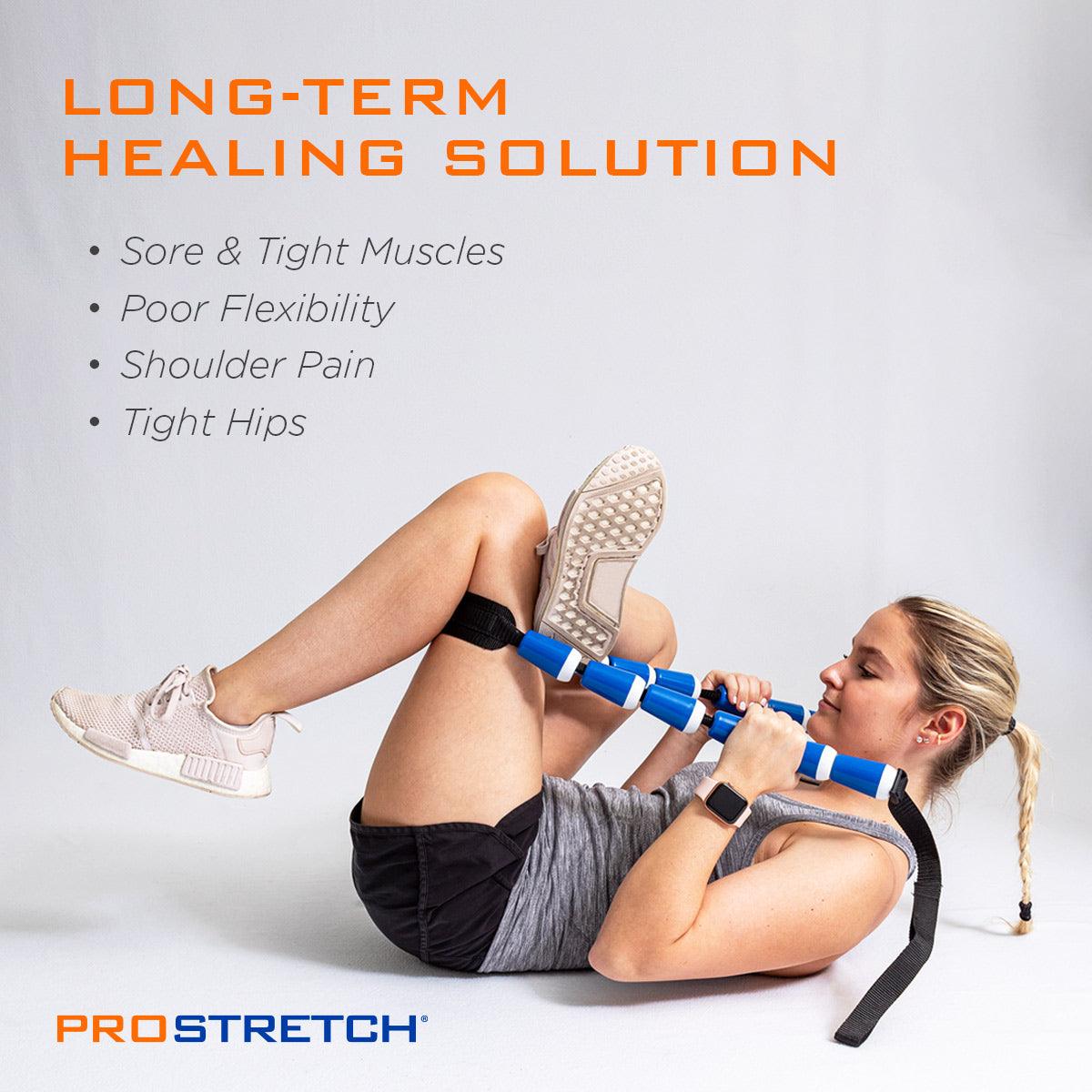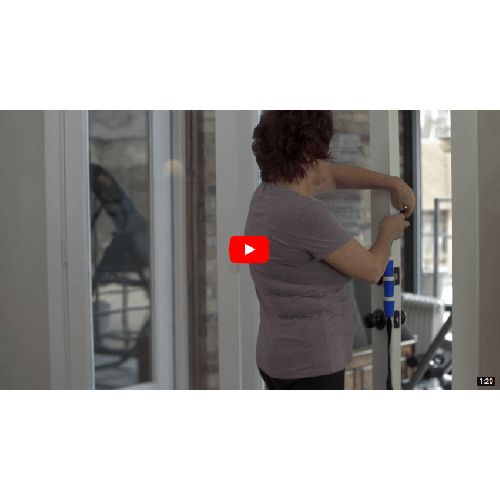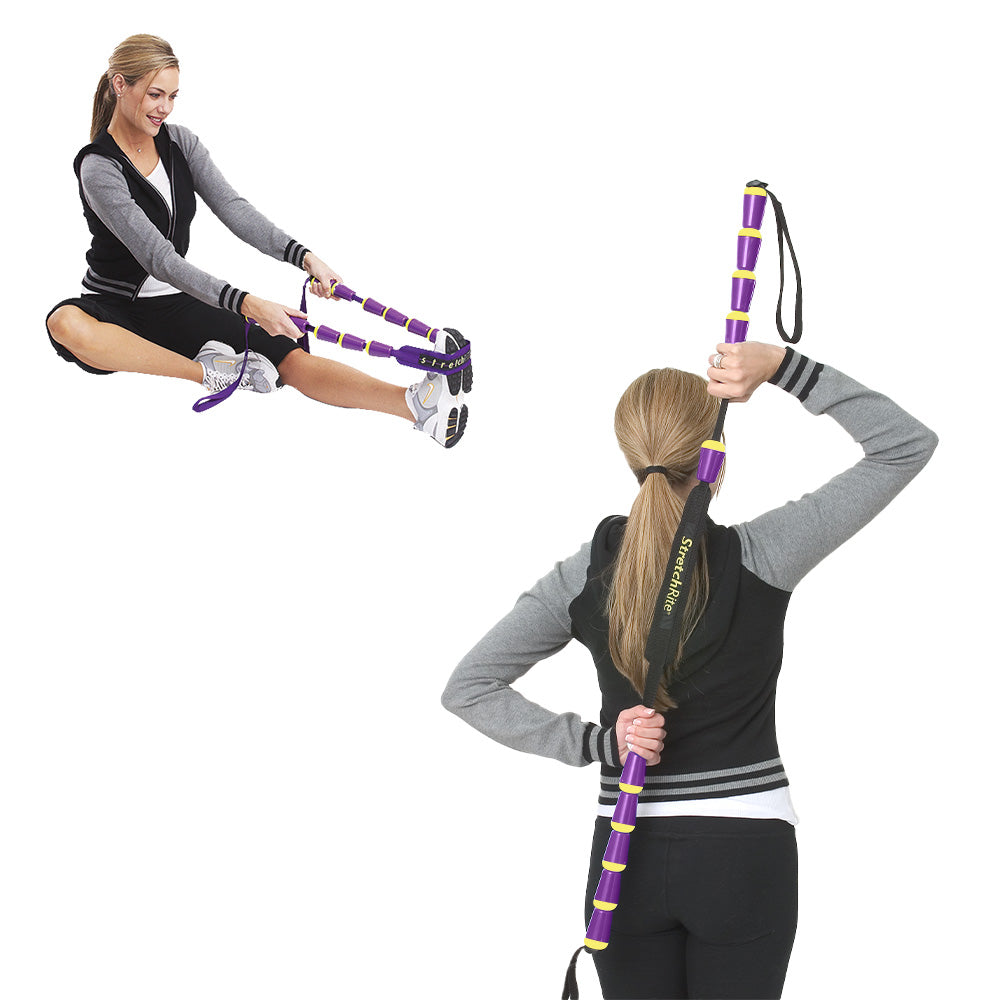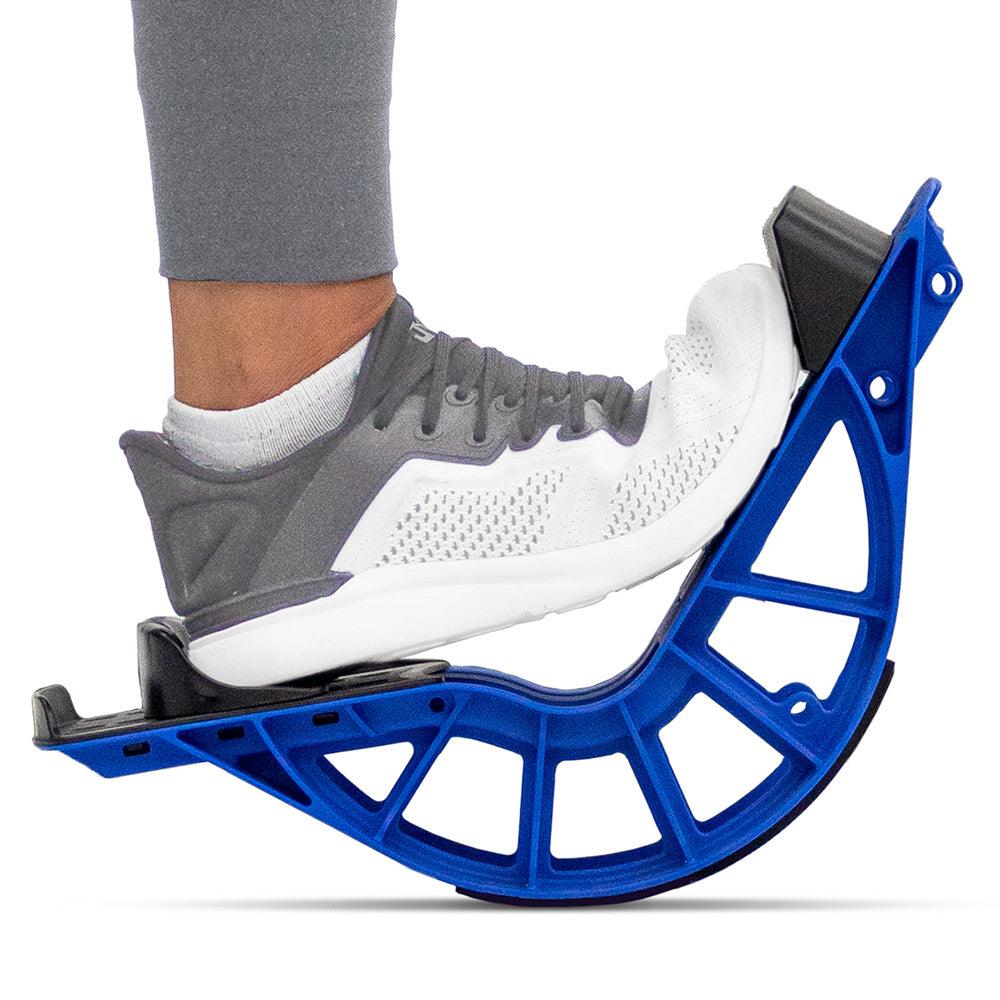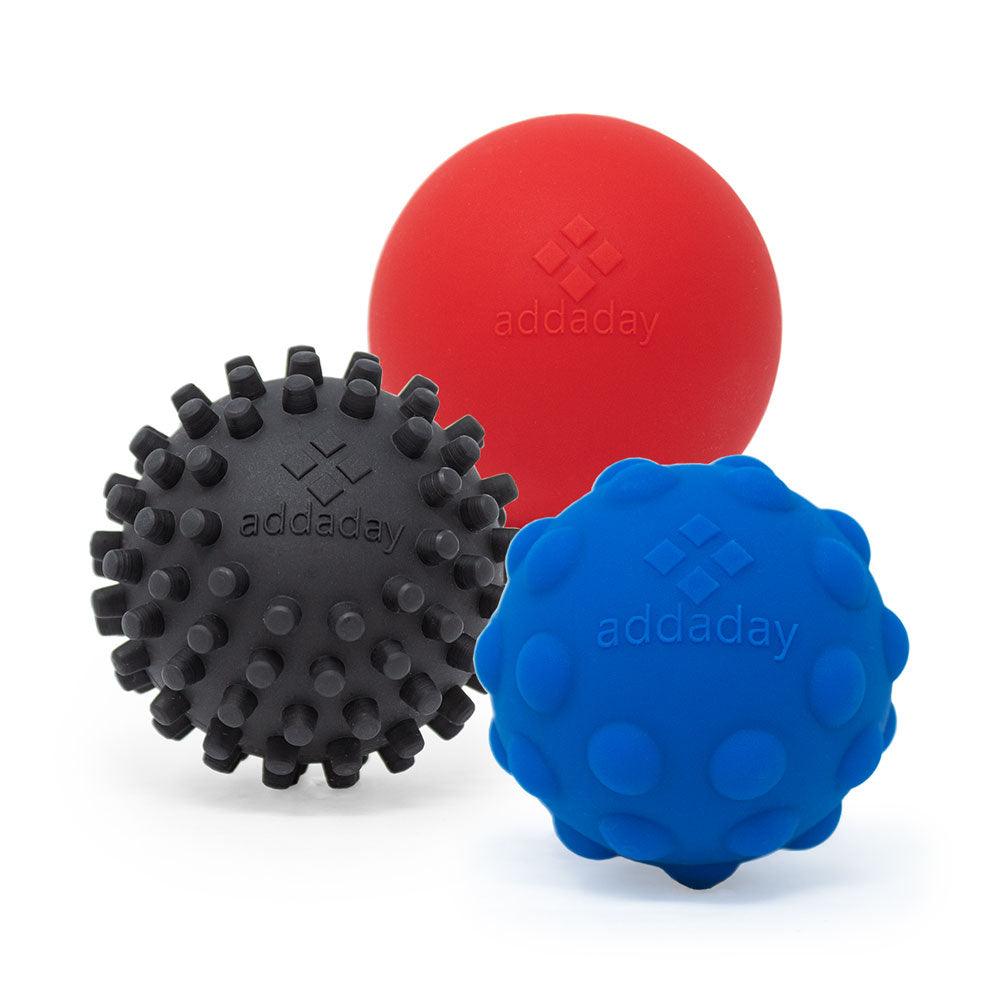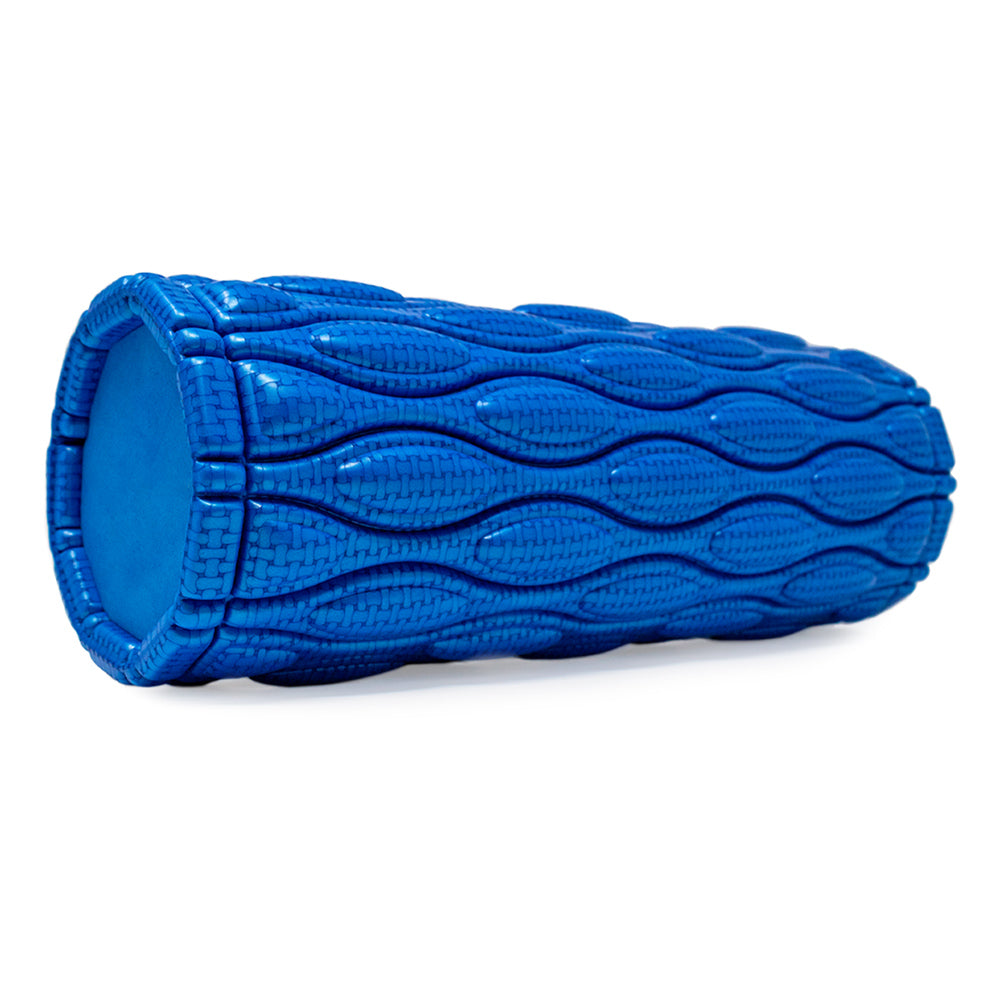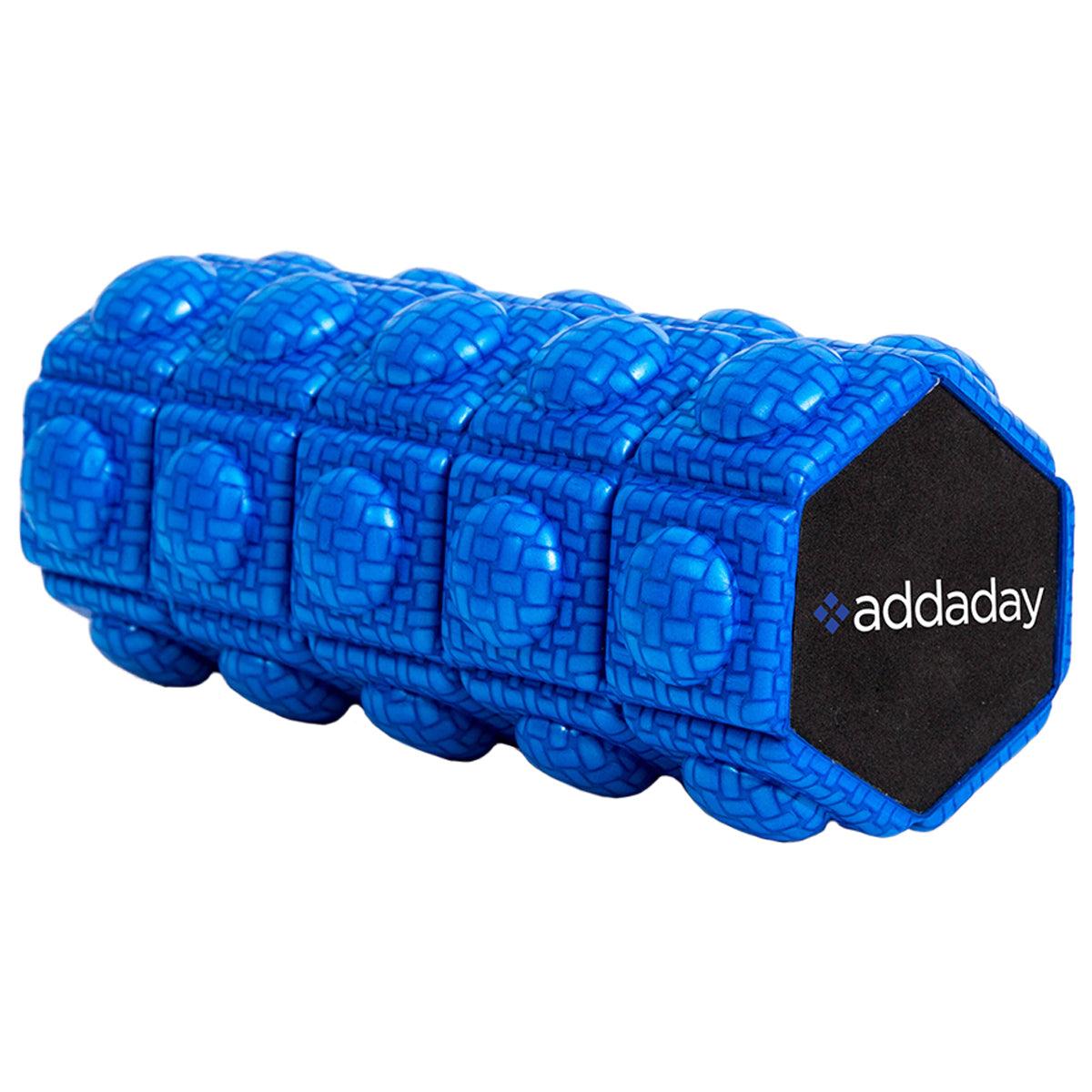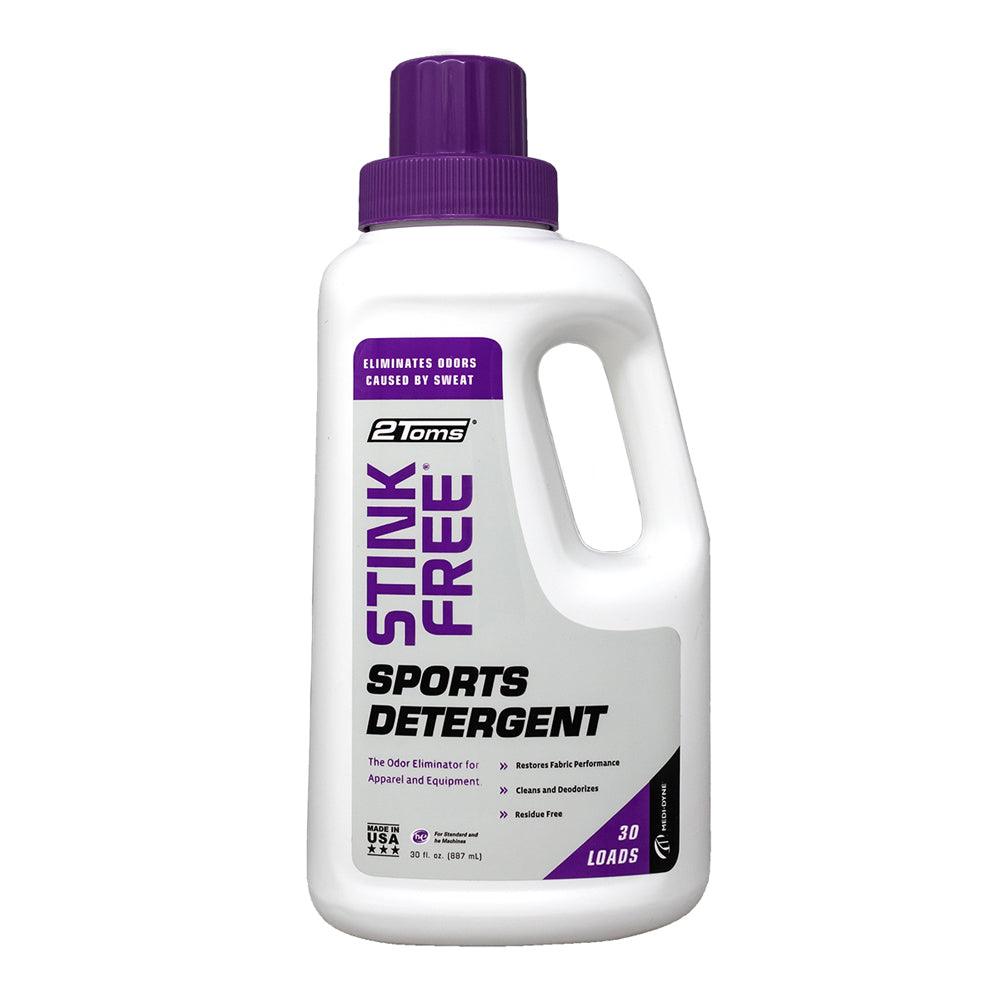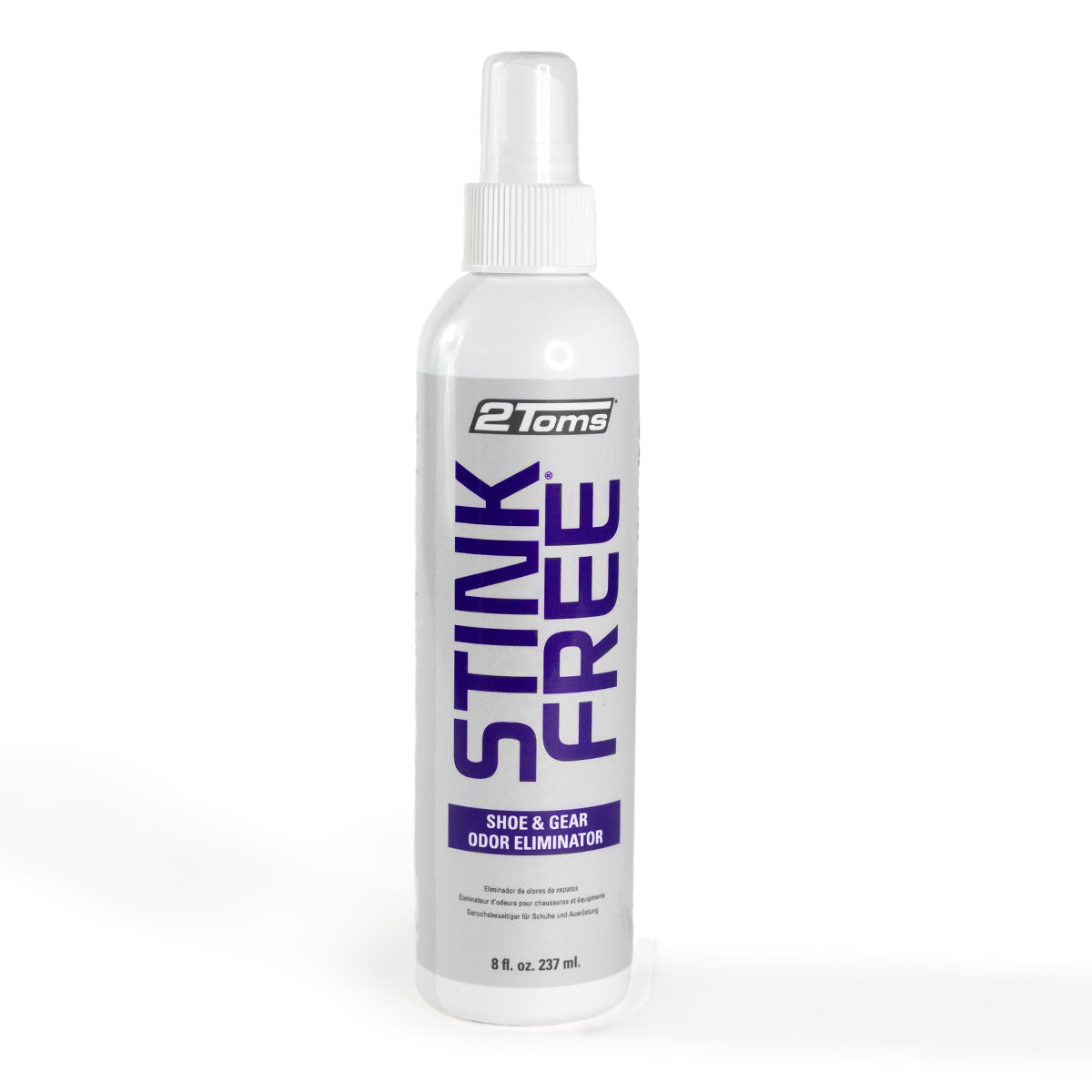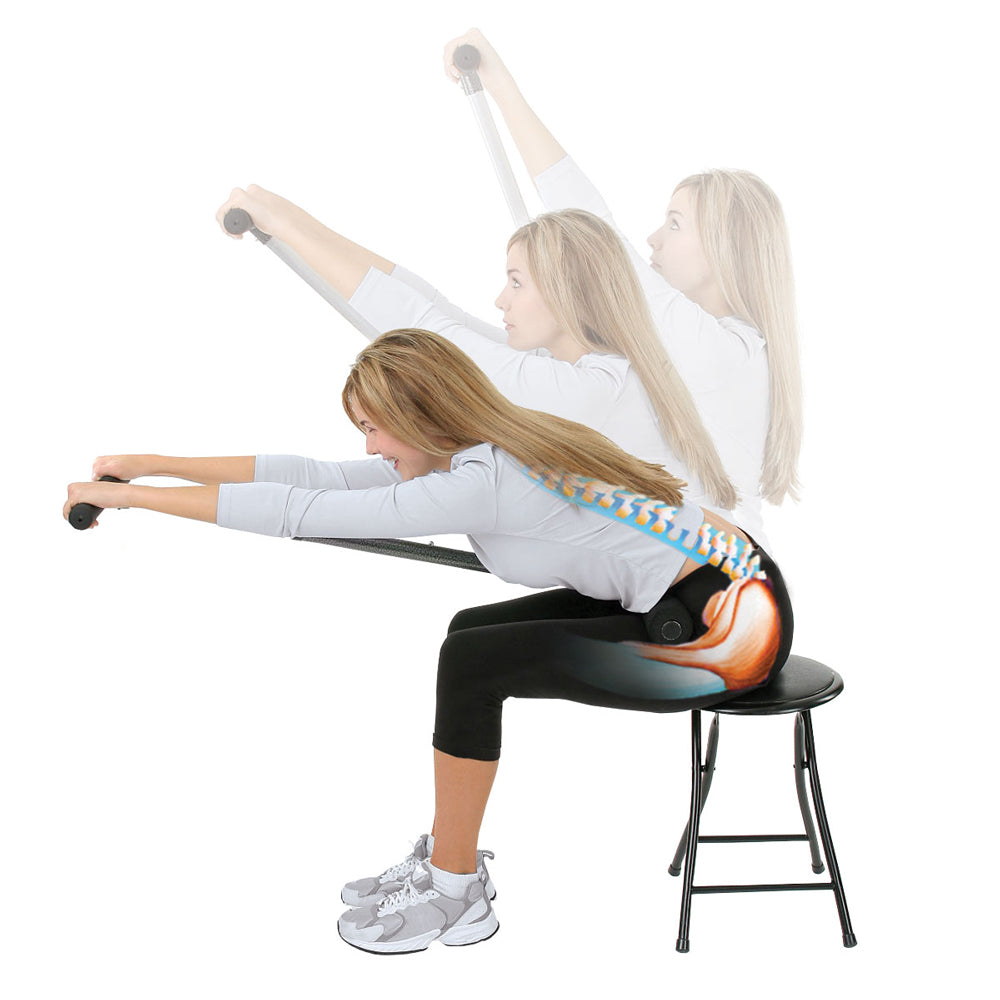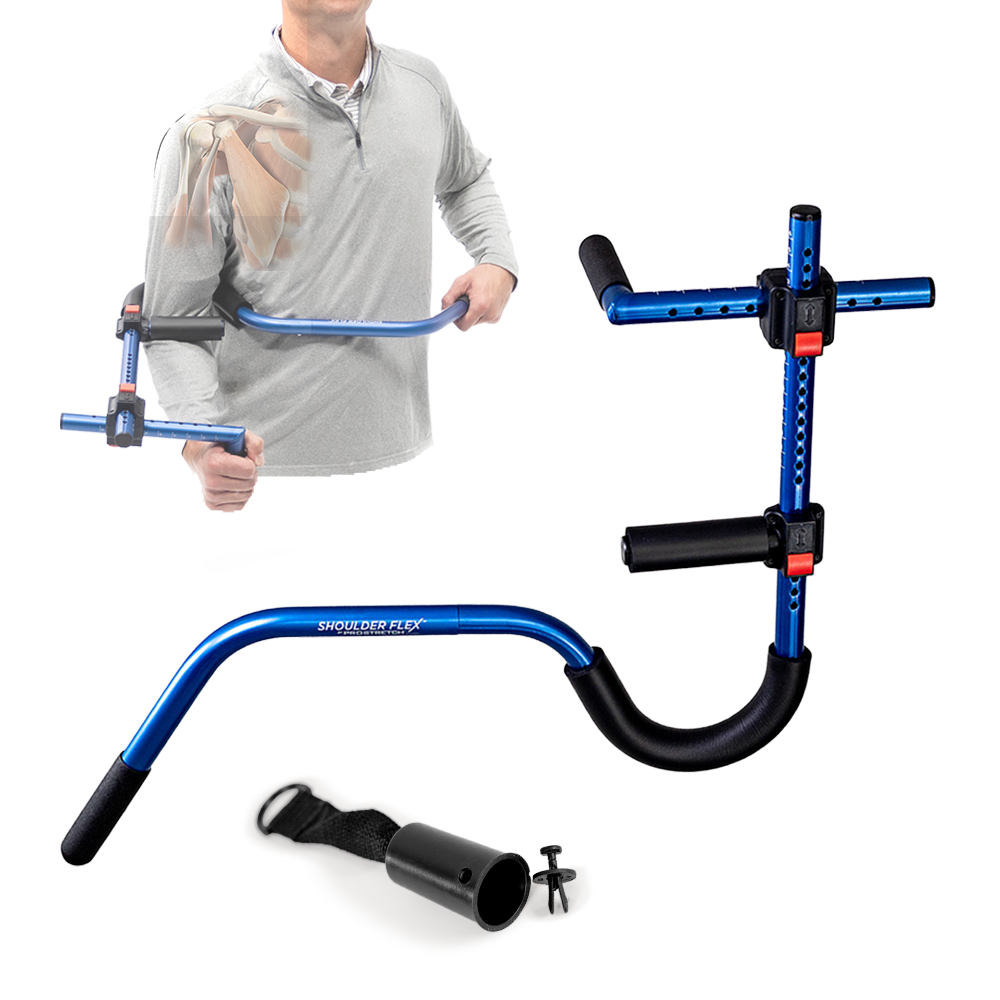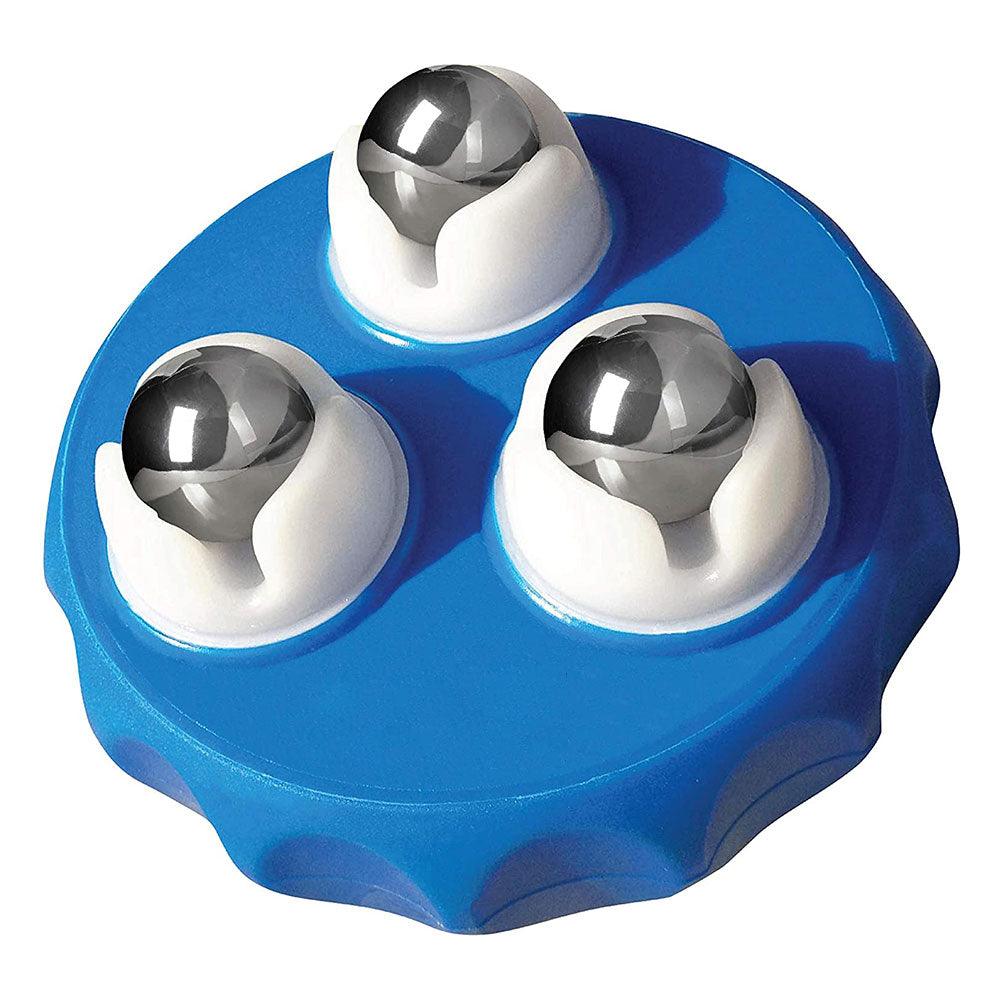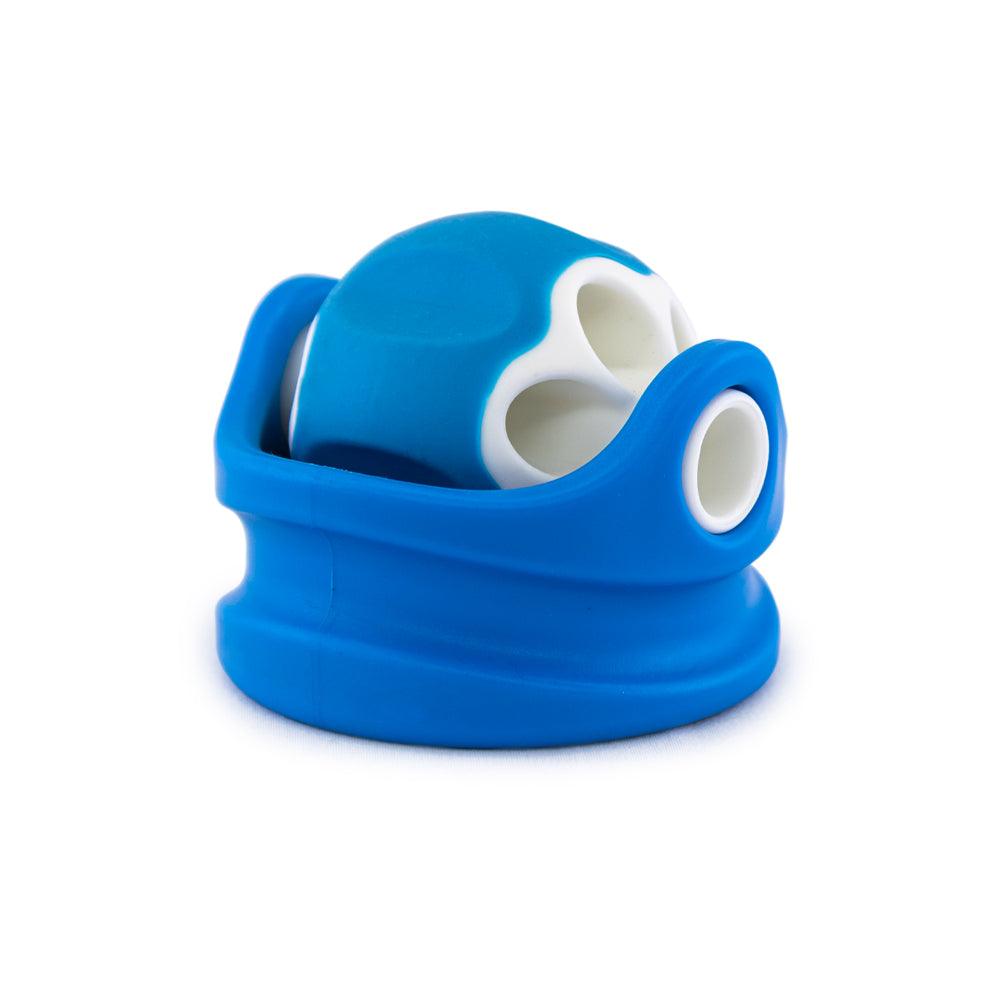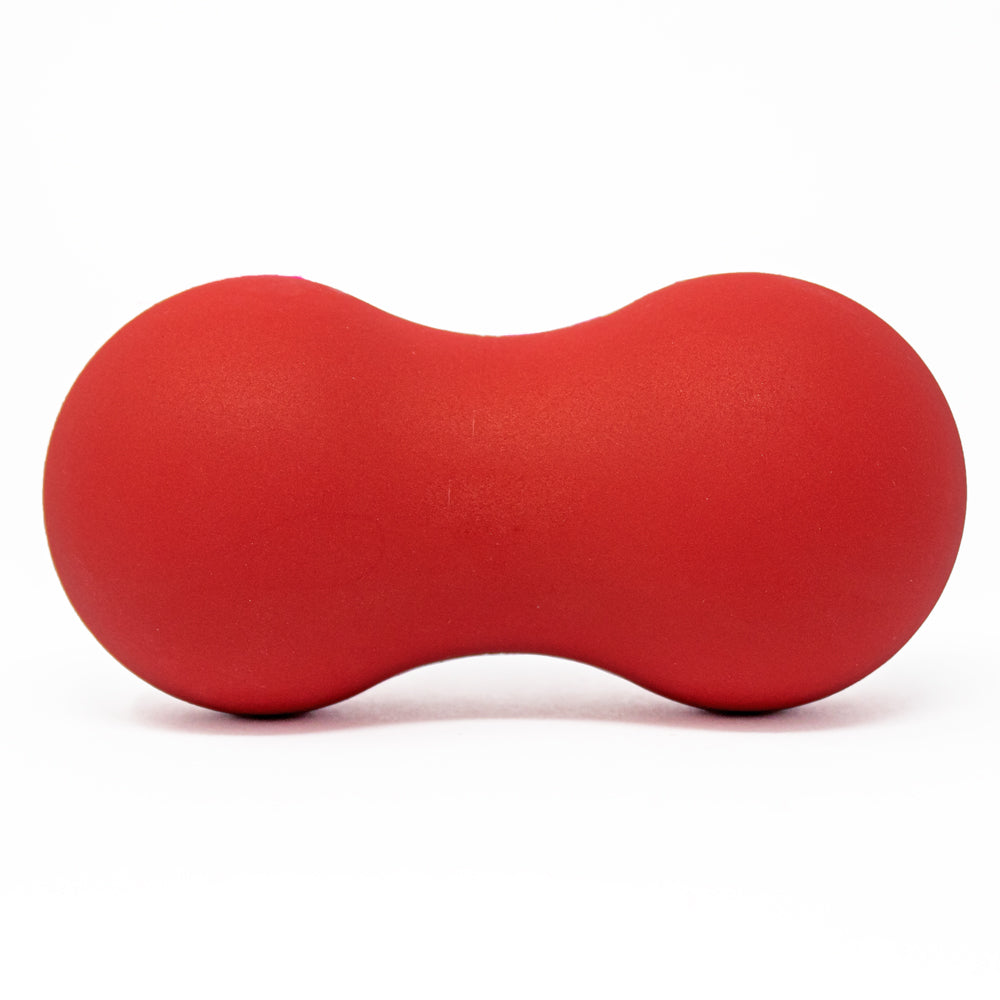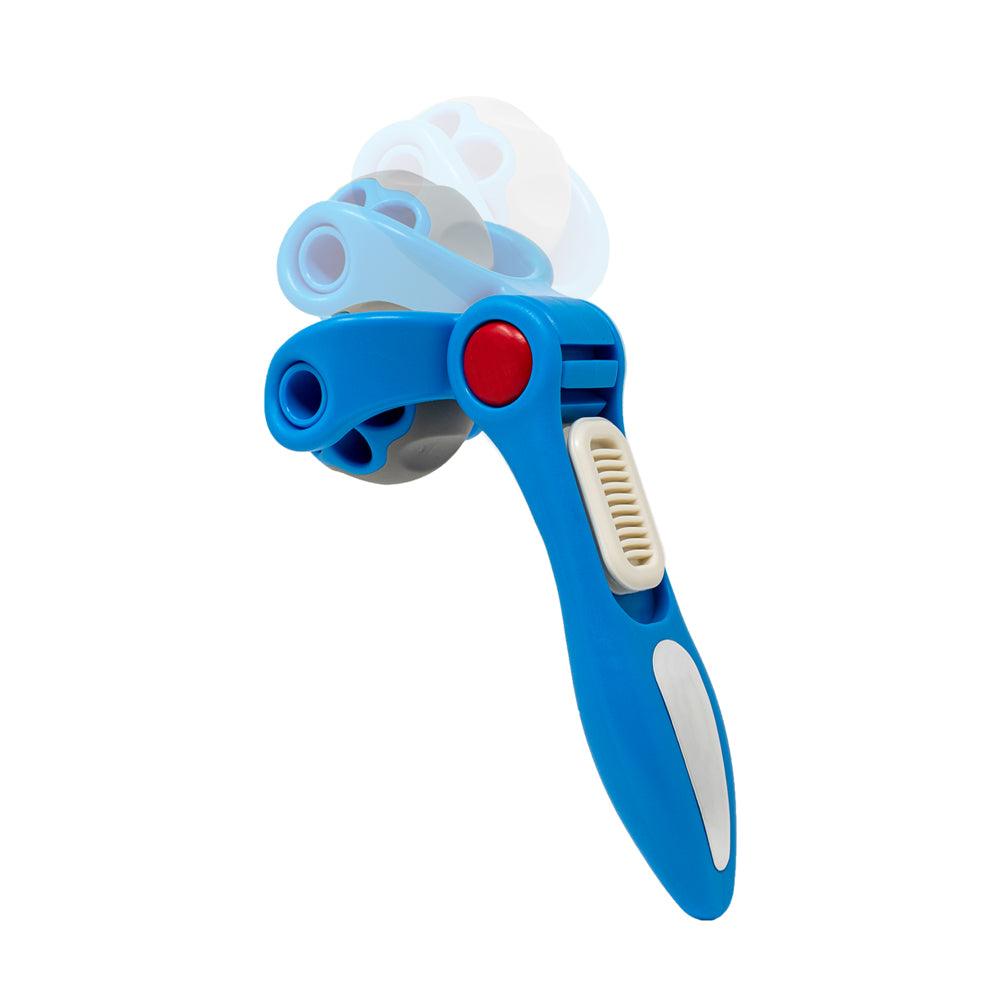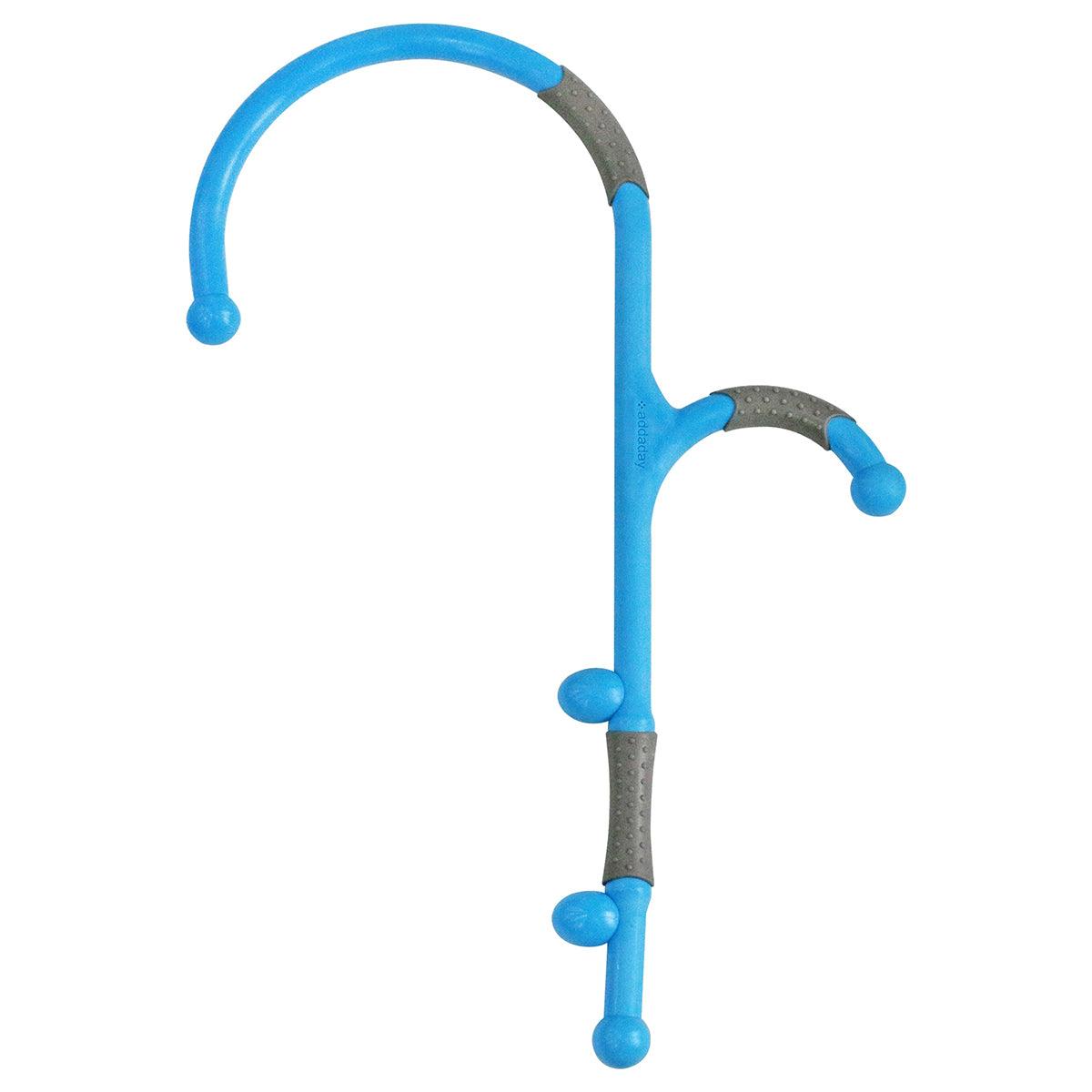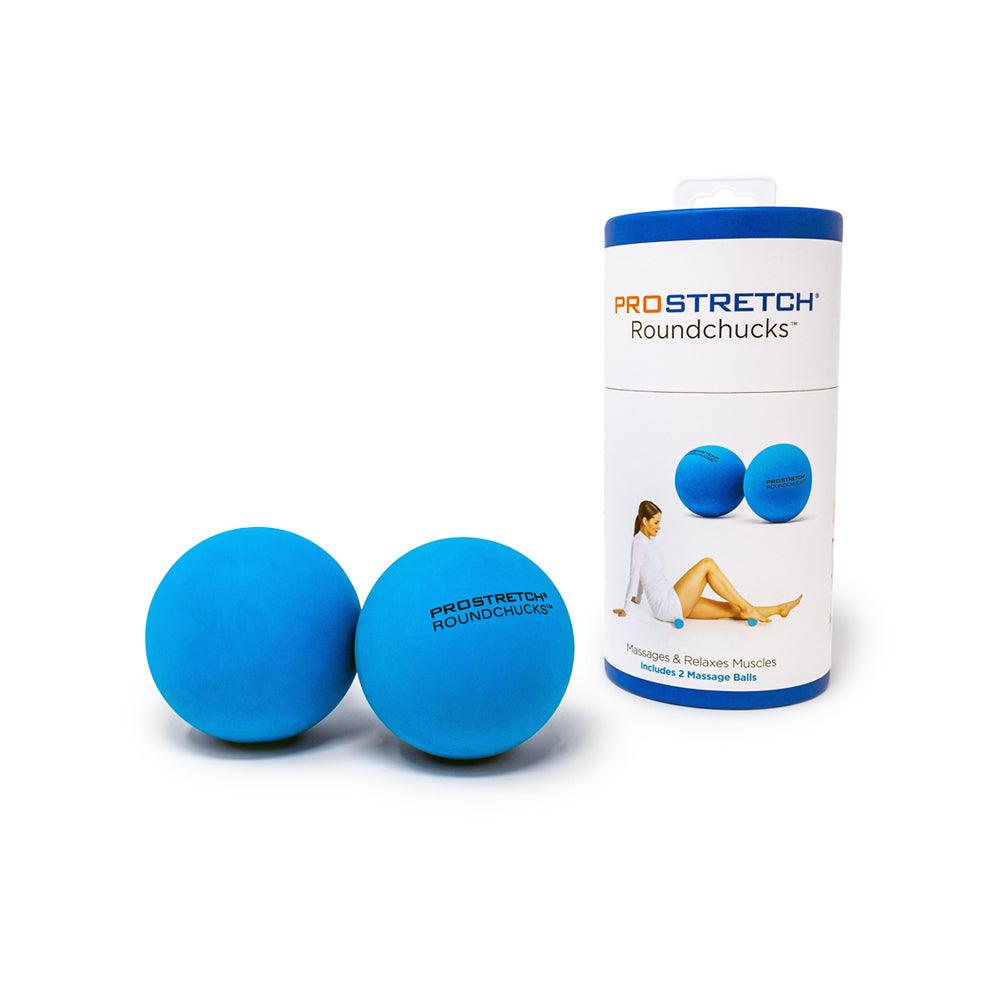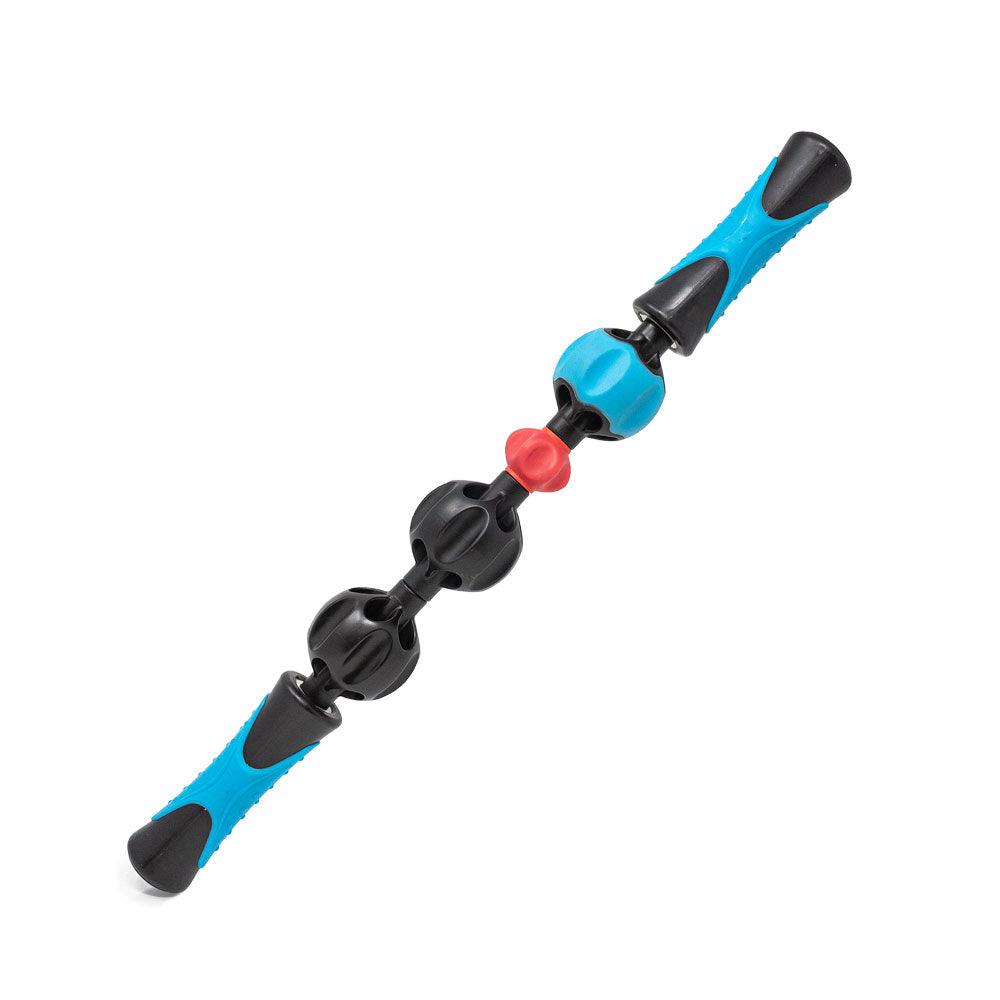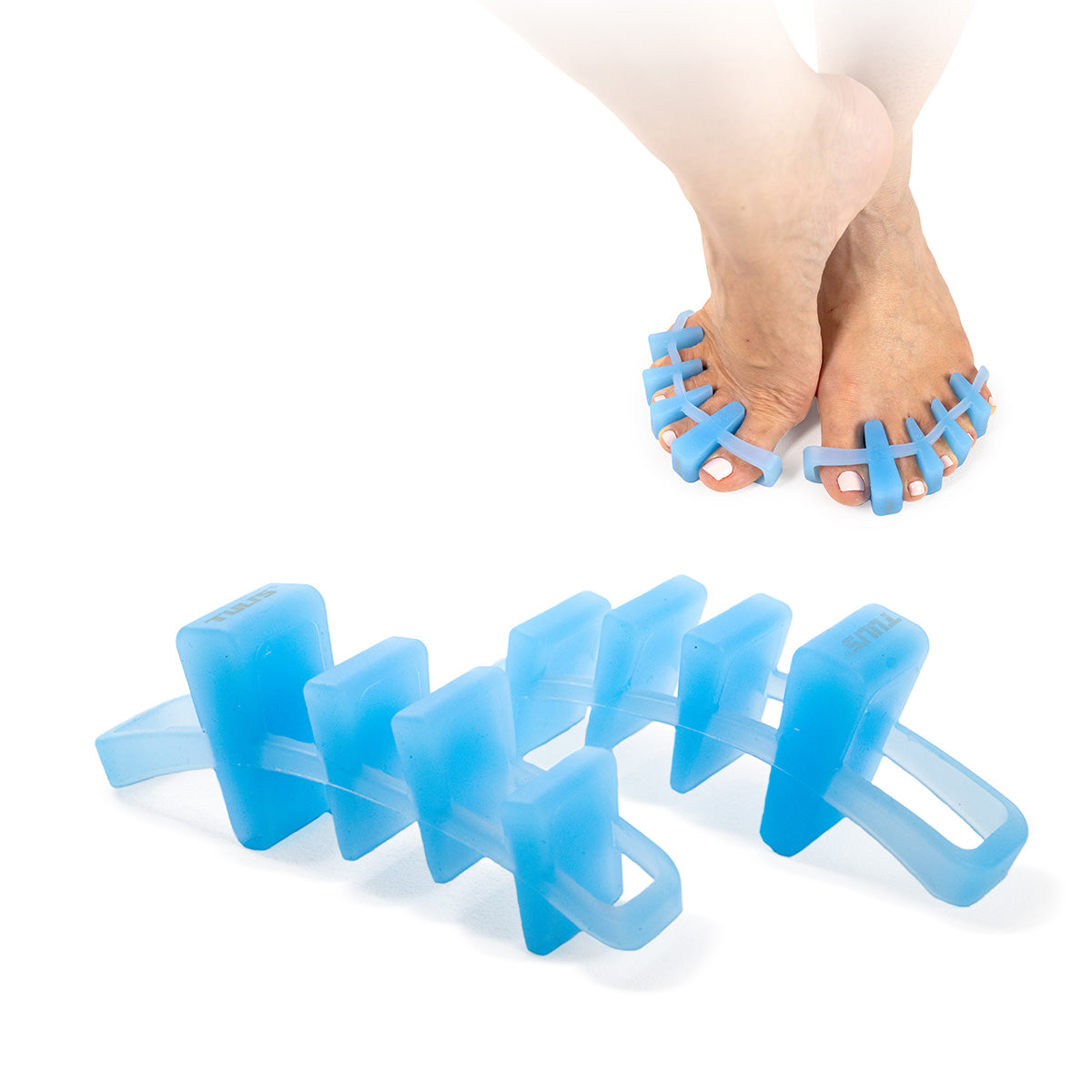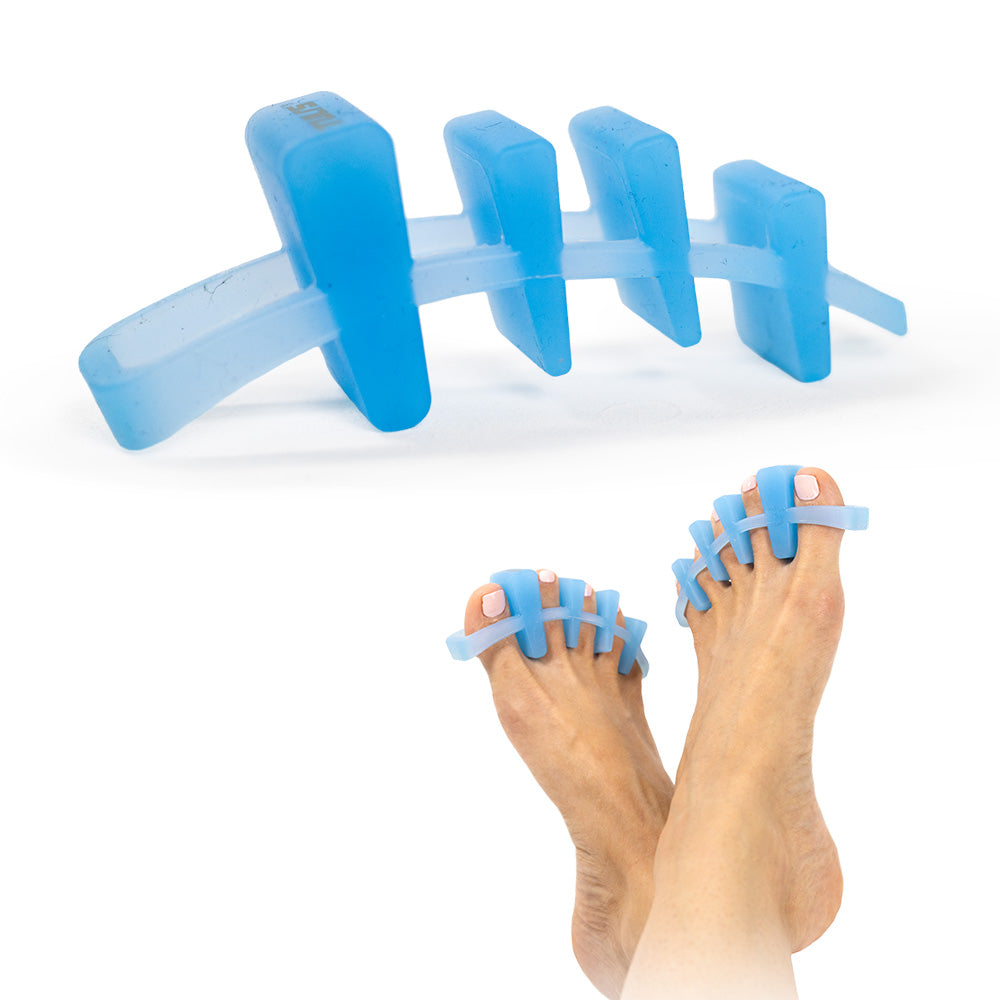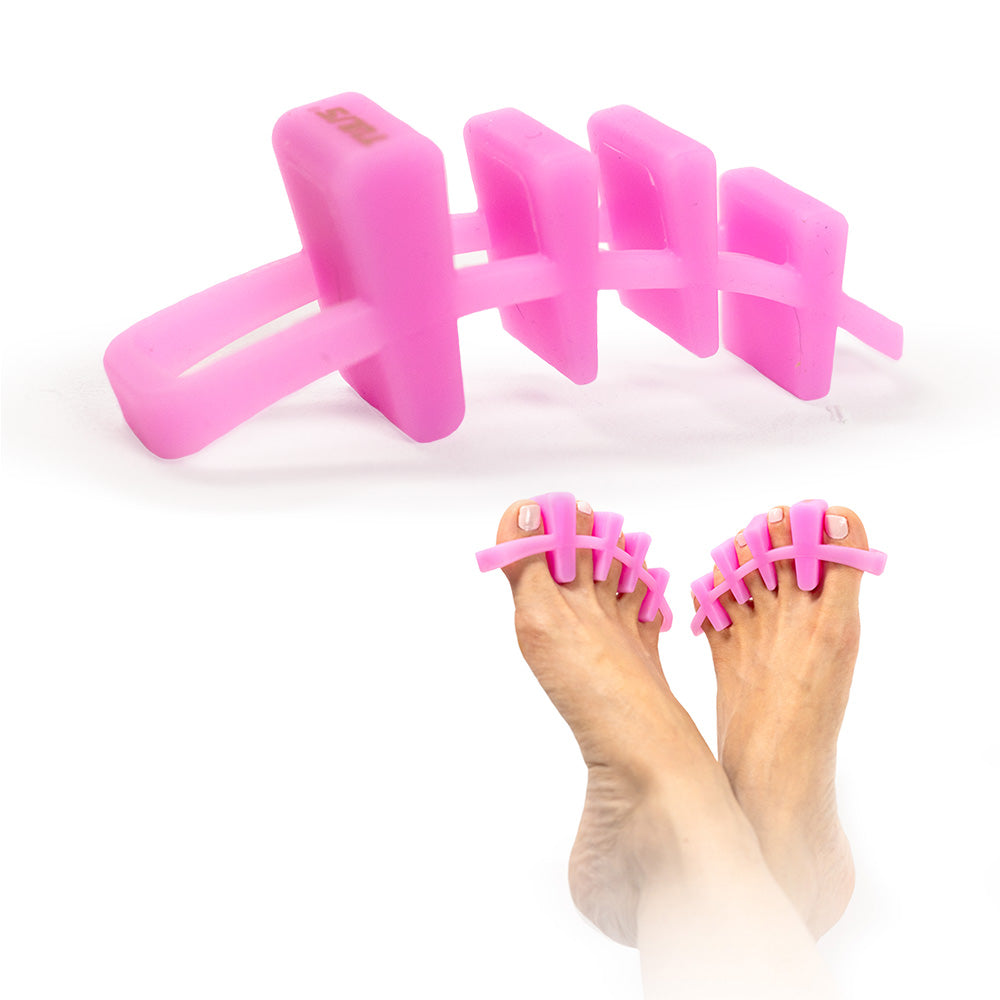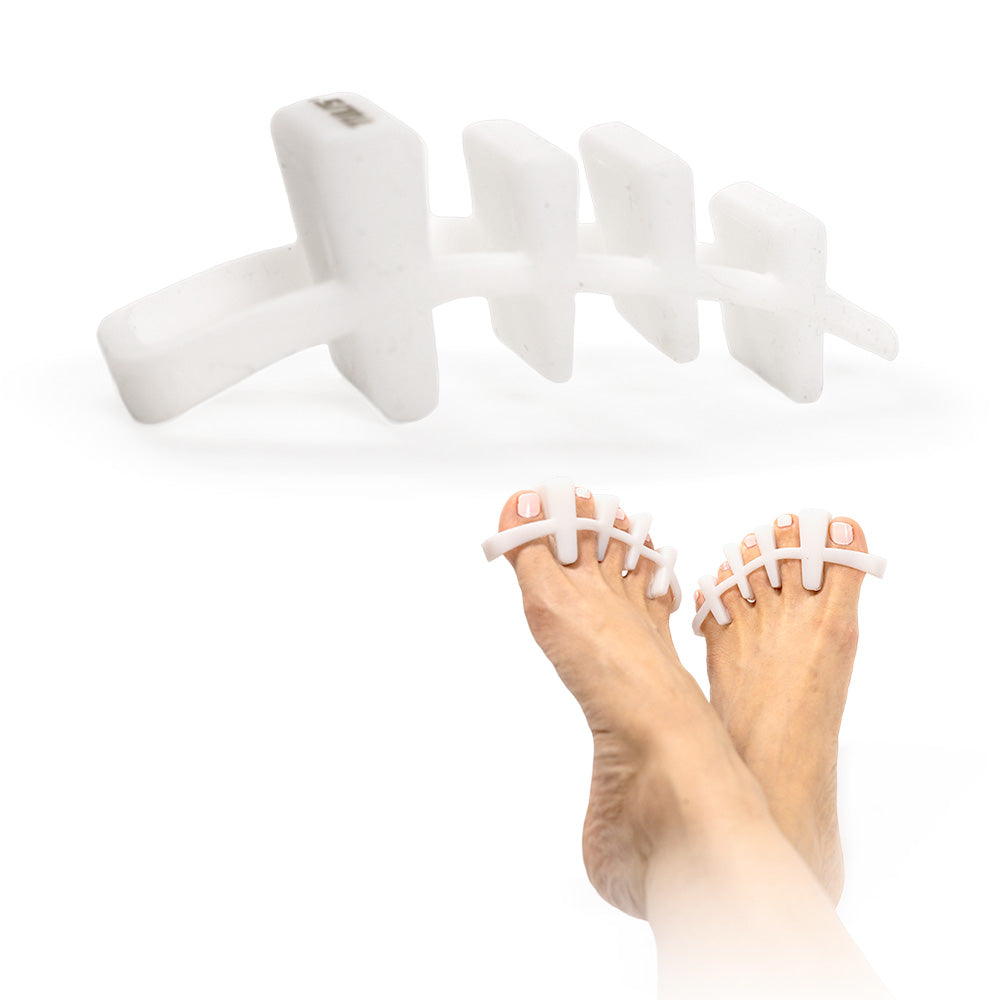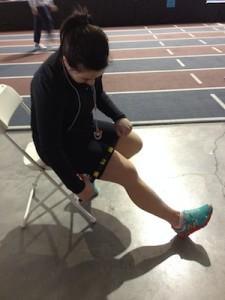Baseball Elbow and Shoulder Pain
It’s the week baseball fans look forward to from the minute the World Series is over-Spring Training! First pitchers and catchers report, then position players and then the spring training games begin. For millions of parents, however, spring training is more about their children hitting the baseball fields than the pros.
Unfortunately, many of these kids will experience pain and injury while playing baseball. Children who are pitchers have about a fifty-fifty chance of experiencing elbow or shoulder pain during their baseball careers. A recent study has shown that when a child pitches with a tired arm, they are six times more likely to suffer from elbow pain and four times more likely to experience shoulder pain than a player who did not have a tired arm. This same study showed that half of the youth pitchers studied reported elbow or shoulder pain at least once during the season and concluded that the overriding factor in the development of arm pain among youth baseball pitchers appears to be overuse.
While youth baseball has traditionally been considered a spring sport, the reality is that more and more children are playing baseball throughout the year. Because of the extended seasons, youth baseball players are putting more strain on their shoulders and elbows than ever before. Consider these research findings:
- Players who pitch more than 100 innings in a calendar year are three times more likely to require elbow or shoulder surgery or to retire due to injury.
- When a player throws more than 600 pitches per season, the risk of elbow pain was three times greater.
- Playing catcher can double or triple a pitcher’s risk of serious injury.
- 26% of youth players and 58% of high school pitchers experience elbow pain.
- 30% of 9- to 19-year-old boys playing baseball experience shoulder pain.
- Nearly half (46%) of youth players (average age 15 years) said that at least once they had actually been encouraged to keep playing despite having arm pain.
It is not surprising that a result of the increase in arm injuries suffered by youth baseball pitchers is that the number of shoulder and so-called Tommy John elbow (ulnar) ligament-transplant operations has risen dramatically. There are three main risk factors for injury to youth baseball pitchers: overuse, poor pitching mechanics, and poor physical conditioning.
A player may start by complaining of shoulder pain that is present only when throwing and for a short time afterward; however, the shoulder pain may progress to where it is present before, during, and after activity. The athlete may eventually become unable to throw at all due to the pain in the shoulder. Trouble can also start when an athlete mentions shoulder or elbow stiffness and trouble “getting loose” or arm fatigue.
Chronic shoulder conditions such as tendinitis, bursitis, impingement and subluxation are closely related. All of these conditions may cause pain in the same area: in the tendon or in a pinched bursa (the small cushion that allows tendons to move over the bone as they contract and relax) next to the tendon. Rotator cuff tendinitis occurs when the tendon becomes irritated and inflamed as it rubs on the undersurface of the shoulder. Bursitis results from the repeated pinching of the bursae between the shoulder structures which puts additional pressure on the already-inflamed shoulder area. The combination of tendinitis and bursitis may result in an impingement in the shoulder. Symptoms include pain and weakness with overhead arm movements. Subluxation is where the shoulder slips partially out of joint and then returns to its original position. This causes instability of the shoulder joint and is often related to fatigued shoulder muscles.
The most common elbow injury in young baseball players is medial epicondyle apophysitis, better known as “little league elbow.” This is caused by overuse and involves injury to one of the growth plates on the inside of the elbow. This type of injury occurs in young athletes because their growth plates are weaker than the muscles that attach to them. The stress placed on the growth plates from repetitive throwing can cause them to become inflamed and produce pain and swelling. If a child continues to throw through pain, there is a risk that the growth plate may even begin to separate from the rest of the bone.
Here are some suggestions for preventing shoulder and elbow injuries in youth baseball players:
- Develop proper body mechanics. It is important to make sure a young pitcher learns how to properly position his throwing arm during all phases of the pitching motion.
- Perform a daily regimen of warm up and stretching exercises to decrease muscle tendon imbalances, increase range of motion, promote circulation and improve performance. The StretchRite is an effective tool to use for stretching and strengthening an athlete’s entire arm and shoulder.
- Age appropriate training and recovery time is necessary. It is recommended that a youth athlete’s overall training increases by no more than 10 percent per week in amount and frequency.
- Follow recommended pitch count guidelines and get adequate rest in between games to prevent overuse. Little League guidelines call for pitching for no more than 6 innings per week. General guidelines dictate that early adolescent pitchers should not throw more than 80 to 100 pitches per week. As the pitcher matures and builds up strength and endurance, the number of pitches thrown can gradually increase.
- Limit the amount of throwing that a child does at the start of the season and build up arm strength and endurance gradually.
It is important to never allow players to play through pain and to make sure children understand that persistent pain is a sign of a chronic (i.e. overuse) or acute injury that should sideline a child from playing until it subsides. If your child gets injured, it is a good idea to consult a professional.
The post Baseball Elbow and Shoulder Pain appeared first on Medi-Dyne.





